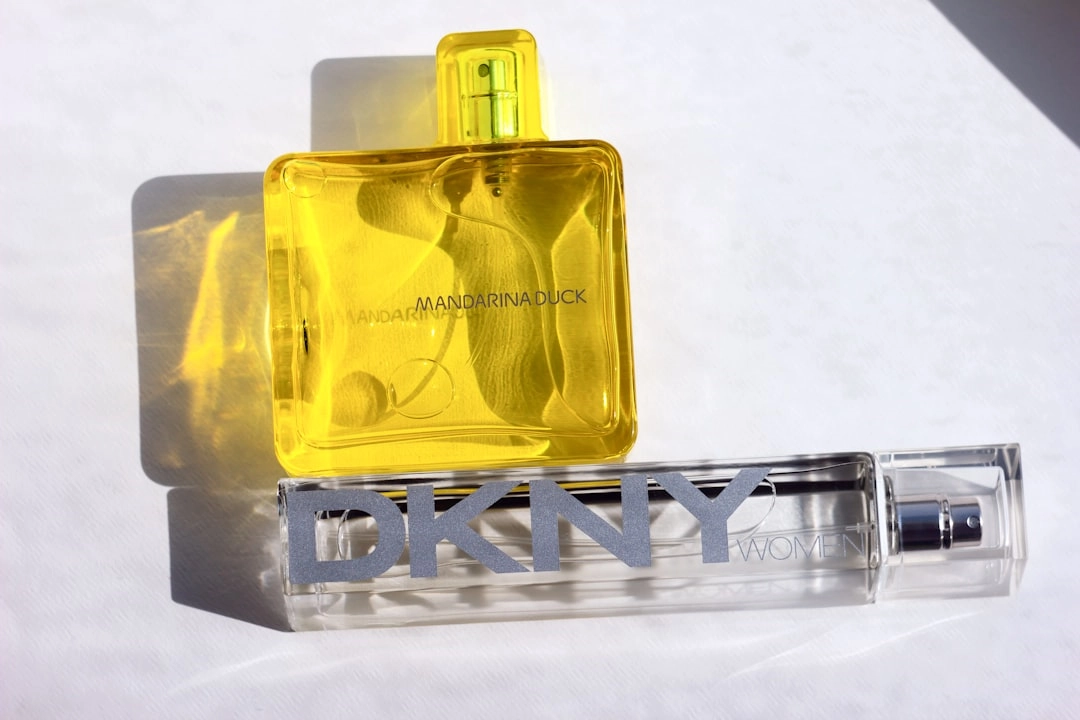
What is Sustainable Packaging in Cosmetics?
Sustainable packaging in cosmetics refers to the use of eco-friendly and environmentally conscious materials and design principles in the packaging of beauty and personal care products. It involves minimizing or eliminating the use of harmful substances, reducing waste and carbon footprint, and promoting a circular economy.
Real-World Problems with Sustainable Packaging in Cosmetics
1. Plastic Pollution
One of the most significant challenges associated with packaging in the cosmetics industry is plastic pollution. Traditional plastic packaging is often non-recyclable and ends up in landfills or pollutes oceans and ecosystems. This has detrimental effects on wildlife and contributes to the global plastic waste crisis. Sustainable packaging aims to address this issue by utilizing biodegradable, compostable, or recyclable materials, reducing reliance on single-use plastics.
2. Carbon Footprint
The production and transportation of packaging materials contribute to the carbon footprint of the cosmetics industry. Non-sustainable packaging materials, such as petroleum-based plastics, require high energy inputs during production and emit greenhouse gases. Additionally, the shipping of bulky packaging can further increase carbon emissions. Sustainable packaging strives to reduce these emissions by using renewable and low-impact materials, optimizing packaging design for efficient transportation, and adopting local sourcing practices.
3. Waste Generation
The cosmetics industry generates a significant amount of waste due to single-use packaging and excessive packaging materials. This waste ends up in landfills, taking hundreds of years to decompose and contributing to environmental degradation. Sustainable packaging aims to minimize waste generation by promoting refillable or reusable packaging options, reducing packaging sizes and layers, and encouraging customers to recycle or properly dispose of packaging materials.
4. Greenwashing
Greenwashing is a prevalent issue where companies falsely claim their products or packaging to be sustainable or eco-friendly when they are not. This can mislead consumers and undermine genuine sustainability efforts. To combat greenwashing, it is essential to have clear industry standards and certifications for sustainable packaging, ensuring transparency and accountability in the cosmetics industry.

Solutions to Sustainable Packaging in Cosmetics
1. Material Innovation
Many innovative and sustainable materials can be used in cosmetic packaging, such as biodegradable plastics, compostable materials, and plant-based alternatives. Companies can explore these options to reduce the environmental impact of their packaging materials. Additionally, promoting the use of recycled or post-consumer recycled materials helps in minimizing resource consumption.
2. Design Optimization
Optimizing packaging design can significantly reduce waste and carbon footprint. This includes reducing the overall size and weight of packaging, using space-efficient shapes, and eliminating unnecessary layers and components. By designing packaging that not only protects the product but also minimizes environmental impact, companies can make substantial progress towards sustainability.
3. Promoting Refillable and Reusable Packaging
Encouraging customers to choose refillable or reusable packaging options can greatly reduce waste generation. Refill stations and packaging exchange programs can be implemented to provide convenient and eco-friendly alternatives. Companies can also incentivize customers to return empty packaging for recycling or repurposing.
4. Transparent Labels and Certifications
To combat greenwashing, clear and standardized labels and certifications are essential. Companies should provide transparent information about their sustainable packaging practices, including details about materials used, recycling instructions, and any relevant certifications they hold. Third-party certifications, such as “recyclable,” “biodegradable,” or “compostable,” can help consumers make informed and sustainable choices.















